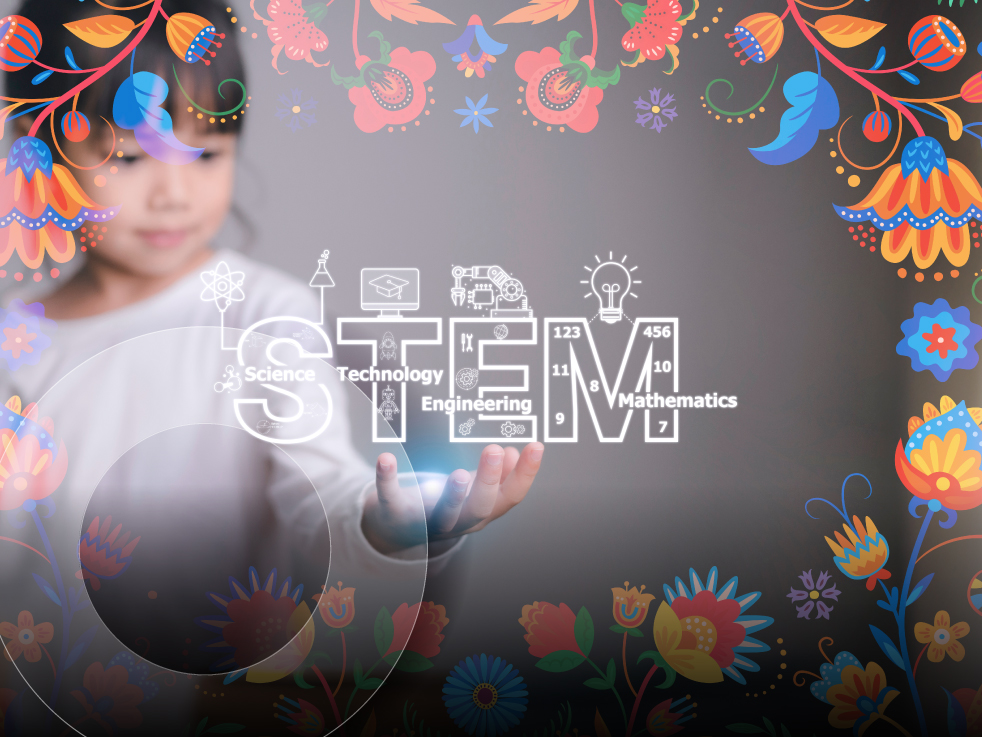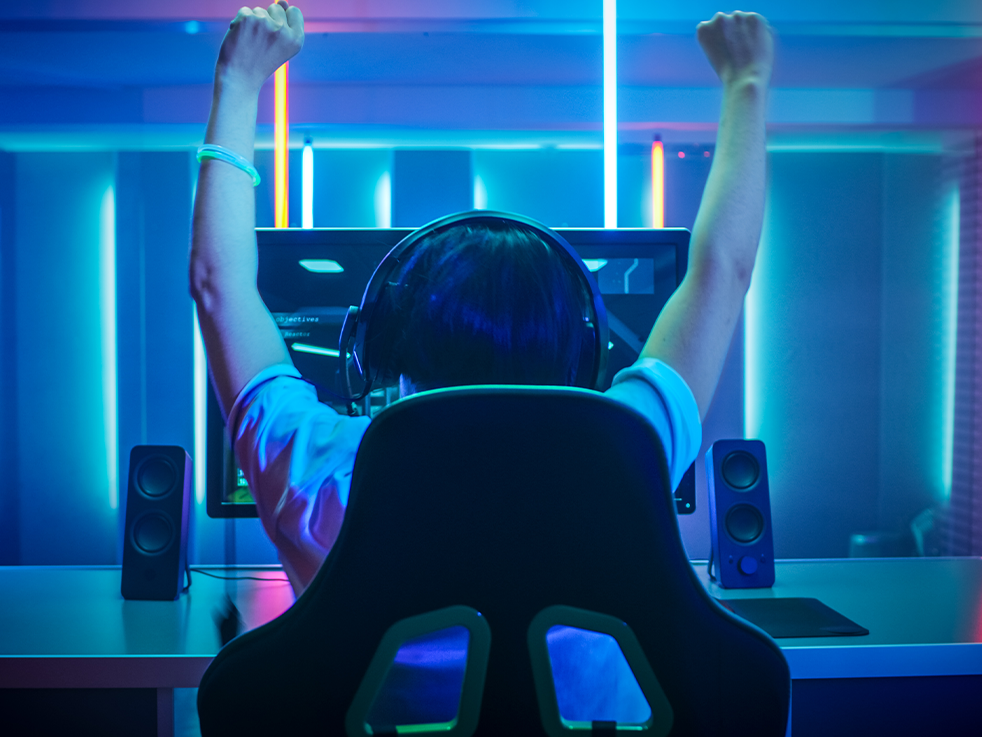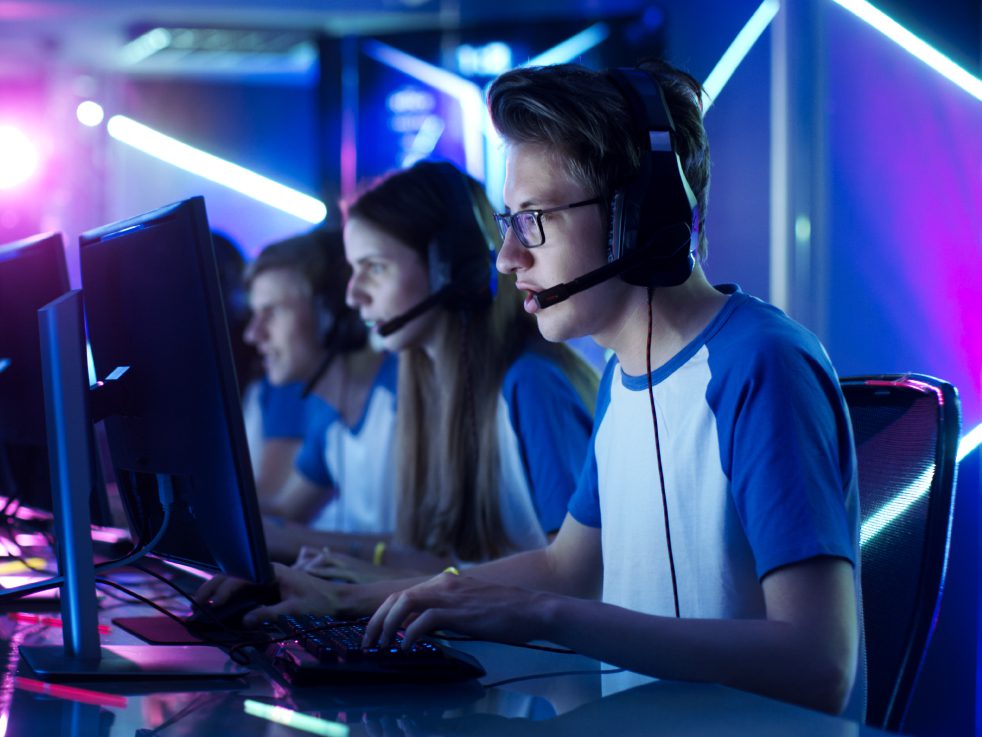Game-based learning: 4 astonishing ways to score student engagement:
Win students over while witnessing their gains.

If the word “game-based” isn’t a game-changer for you, it certainly is for your students. To say that the quest for innovative learning methods is ongoing would be an understatement. As educators continue to explore new approaches to student engagement that also enhance their academic experience, gamified learning has emerged as a powerful tool. By blending the principles of technology, gaming, and education, this tactic has revolutionized the space in four distinct ways:
1. Real-world simulations and experiences
Who would’ve thought real-world application would be really easy? Schools are reexamining their off-campus trip budgets as students can now experience real-world scenarios in their own safe, controlled environments. Through simulations, they can engage in practical problem-solving, decision-making, and critical thinking activities. For example, classrooms can use Hololens virtual reality (VR) to simulate the annex where Anne Frank was secreted, allowing students to better understand her life-or-death dilemmas. Even applications like Minecraft allow you to recreate the eruption of Mount Vesuvius to better comprehend the devastated landscape of Pompei.
Adam Morris, an SHI higher education strategist, highlights the potential of VR applications, like Oculus, to enhance learners’ “focus and productivity—at a reduced cost, too.”
Notably, “career and technical education centers are taking advantage of these attributes, and many universities are now onboarding VR applications.”
Nursing schools, for instance, are using VR to practice procedures while engineers are simulating scenarios of their own, such as fixing hardware atop an electrical pole. This hands-on approach not only fosters transformational learning but also bridges the critical gap between academia and the real world.
2. Instant feedback and knowledge retention
While institutions reckon with a world of instant gratification, SHI’s K-12 strategist, Lori Whitt, frames the situation best: “Schools are rightly focused on student engagement, remediation, and teacher shortages. The incorporation of gamification and VR applications into the classroom can help with all three of these factors, providing real-time feedback to students in engaging, educational ways.” Learning from their mistakes in real-time can boost student motivation and knowledge retention, allowing them to quickly address their weaknesses and build on their strengths.
3. Personalized experiences
To foster engagement and lasting learning, the process needs to be personalized. Through adaptive technologies, platforms can now tailor content and challenges to match individual learning styles and pace. For example, if a student is struggling with their addition facts, the system will inherently know to offer more practice on that concept before moving on to subtraction. This, in turn, helps teachers in classrooms where varied levels of instruction are required. Crucially, this experience can be framed within a game—as students level up their arsenal of digital gear alongside their arithmetic.
Even for the numerically challenged, math is finally memorable.
If students are allowed to take ownership of their journeys, and progress at their own speeds and skill levels, better academic outcomes are around the corner.
4. Motivation and goal tracking
Remember, the experience isn’t just immersive; it’s gamified. This type of learning taps into intrinsic motivation by incorporating elements like badges, progress tracking, and leaderboards, inspiring students to strive harder for their goals, believe in their own potential, and become their best selves. What’s more, by incorporating social elements into the learning process, gamified learning promotes:
- Social connections.
- Collaborative problem-solving.
- Communication skills.
- A positive learning environment.
These virtues are at the heart of gamified learning—and perhaps nothing fosters them more than esports. Within virtual arenas, students can compete as they hone skills that will be relevant in the tech-driven businesses of tomorrow like broadcasting, programming, hardware development, marketing, branding, and communications. On this front, SHI provides engaging curricula and training to teachers, parents, and coaches about the benefits of esports. From funding to design to installation, we’ll help turn your learning space into an esports environment that suits your school’s needs—and even identify the right leagues and tournaments for competition.
Score the solutions for gamified learning
As the demand for gamified learning and VR applications in education continues to rise, institutions need reliable partners to guide them through this transformative journey. SHI – in collaboration with innovative partners like Minecraft, InspiritVR, Veative, and Meta – offers educators the tools and training required to seamlessly integrate gamified learning. Coupled with VR, AR, and XR technologies, we’re presenting a world of opportunities for educators and students alike.
Don’t miss out on bringing the future of education to your students. Reach out to PubSecMarketing@shi.com today for help to make it happen.




